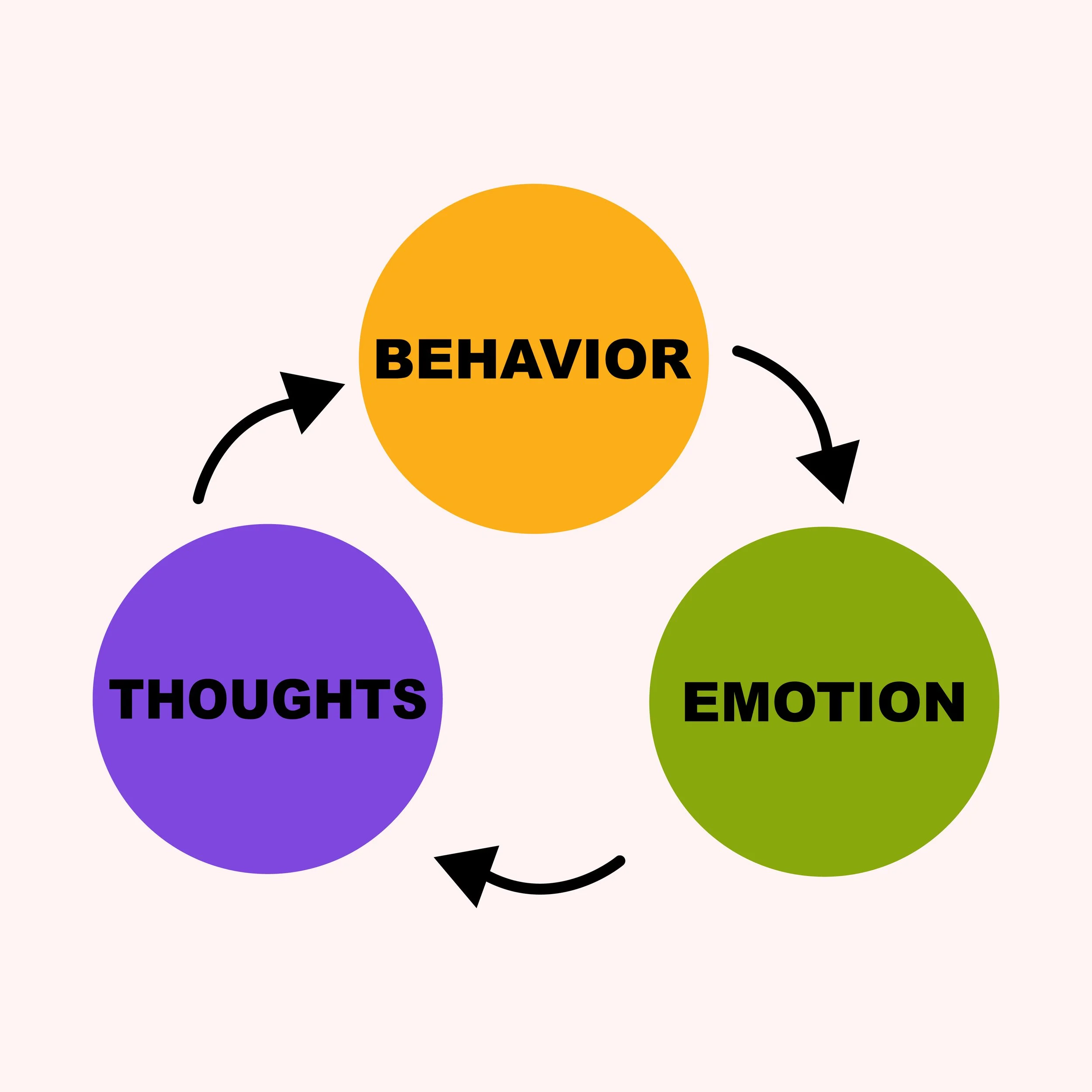What's the difference between CBT and somatic therapy?
There are many types of therapy and a part of the healing journey is to find the right one that works for you. Mostly, these therapies fall into two main categories - the well known mind based cognitive behavioural therapy (CBT), and mind and body based somatic therapies like Somatic Experiencing. In this article we explore what CBT and Somatic Experiencing is, the key differences in the two therapies, and what it can and can not help with.
Do not miss the grounding tip below to help connect to your body.
What can Cognitive Behavioural Therapy (CBT) help with?
What can Cognitive Behavioural Therapy (CBT) help with?
CBT is the most commonly prescribed therapy through the public health system, partly because it is older, and is known as evidence based. CBT can be effective for managing anxiety, and mild to moderate depression.
However, CBT is not so effective for individuals who have experienced trauma or have complex trauma because it does not change the infrastructure of the nervous system and brain connections to deal with the fight, flight, freeze responses.
What can somatic therapies help with?
Somatic therapies are based on the latest neuroscience, working with the entire organism through the nervous system which connects the brain and the body. Somatic therapies like Somatic Experiencing changes the infrastructure in the mind and body connection to allow emotional regulation, including keeping the pre frontal cortex online, allowing self-reflection and problem solving skills even under stress. Modalities like Somatic Experiencing can help with many things like above with CBT but also trauma related issues, medical procedures, accidents, PTSD, childhood and emotional abuse.
How does Cognitive Behavioural Therapy (CBT) and a mind and body based therapy like Somatic Experiencing therapy differ?
Below is a list of some key differences between CBT and Somatic Experiencing:
Top down and the bottom up approach
CBT is known as a top down therapy because it works on the mind through talking about the issues that the client brings up. Hence, CBT is grouped as a talk therapy. This aspect of therapy is working on the limbic system, where the emotions and memory functions are held; and the cognitive part of the brain, the prefrontal cortex, where we can self-reflect, seek solutions, and solve problems. The body is largely ignored.
CBT works on changing thoughts and behaviours. The psychologist helps the client change their thoughts about a situation for a new outcome, and a healthy pattern of thoughts and behaviour.
Somatic therapies like Somatic Experiencing is a bottom up therapy because it includes the body and the mind, hence a mind and body based therapy. A somatic therapy focus includes the sensations of the body to access the nervous system, to let the body speak. (See my previous blog post: “The Role of the Body in Trauma and Somatic Experiencing Therapy”). Hence, in somatic therapy the body is included with the mind to help heal.
Engagement process
Talking is the main communication method in CBT to engage in the stress and traumatic issues. The psychologist will listen, acknowledge the feelings that have come up, and offer advice based on the observations and insights to change the perspective. Talking about an issue may help especially since it may be the first time in the client’s life that they may be talking to anyone about their traumatic events. However, there are some issues with this approach, some discussed here and in other blog posts.
Somatic therapy does have some talking but the therapist will frequently interrupt the client to break the story up to let the body speak, so there will be moments of silence as the client focuses on the sensations before tracking what happens next, and then returning to the story again.
Therapist alliance and the knowledge bias
The typical model based on the founders of western psychology like Freud is that the psychologist knows more than the client about the various aspects of the person’s life, stress, and what to do.
A somatic therapist relates to the client as an equal, but is just providing a safe and compassionate space, with some guidance to help heal. We believe that the client knows their life better than any therapist can regardless of how much they explain it. The somatic therapist will guide the client to heal themselves with some tools that they have. Also in somatic therapy, we tend not to advise the client on what to do in their life because the client knows what best to do is as they heal.
Method of trauma healing
The psychologist can help bring to light repeated behavioural patterns and how these have hindered the client’s life to help them change them. They can also give insights into perspectives and beliefs that the client holds that may no longer be helpful. However, since CBT largely ignores what is happening in the body as the client speaks about their trauma, the body believes that the trauma is happening now. This can overwhelm the client and re-traumatise them.
Somatic therapy works on the above, as with behaviour, beliefs etc but it is also changing the infrastructure of how the client deals with stress and trauma. This is an important point because trauma changes the neurobiology and nervous system. We do this by discharging the trauma energy in the nervous system by being with the sensations and allowing them to complete. This opens up the energy that the nervous system was using to depress the trauma symptoms and emotions to open the client’s life flow, and the body’s capacity to hold stress. The mind and the body reorganises itself, the self-organising principle of life, with an intelligence of its own, and knows what to do.
“Trauma has nothing whatsoever to do with cognition,” he says [Dr Bessel Van Der Kolk]. “It has to do with your body being reset to interpret the world as a dangerous place.” That reset begins in the deep recesses of the brain with its most primitive structures, regions that, he says, no cognitive therapy can access. “It’s not something you can talk yourself out of.”
Dr Bessel Van Der Kolk, New York Times Magazine, ‘A Revolutionary Approach to Treating PTSD’
Grounding tip
Notice your eyesight. Can you see from the periphery of your eyes or do you see the world with a narrow view?
Notice how your eyesight changes in different situations like in spaces, with people, or with memories.
Summary
CBT has its place as a healing modality and has been found to be effective in reducing anxiety and mild-to-moderate depression. However, this may lead to overwhelm and re-traumatise the person. CBT is limited since it does not address complex trauma and adverse experiences.
On the other hand with somatic therapy the therapist will help resolve the trauma through completing the incomplete fight and flight responses from the events, which is what a trauma is.
The public health system has largely stuck to CBT because of tradition, and hence there is evidence for it. But this evidence is outdated and there is evidence that CBT is not as effective. Body based somatic therapies like somatic experiencing are seen as relatively new, and the health system requires more evidence. However, leading neuroscientists do not need to abide by the traditional institutions like universities and national health systems who are reluctant to change approaches because of large costs, and there is sufficient scientific evidence that somatic therapies are more effective in treating trauma.



